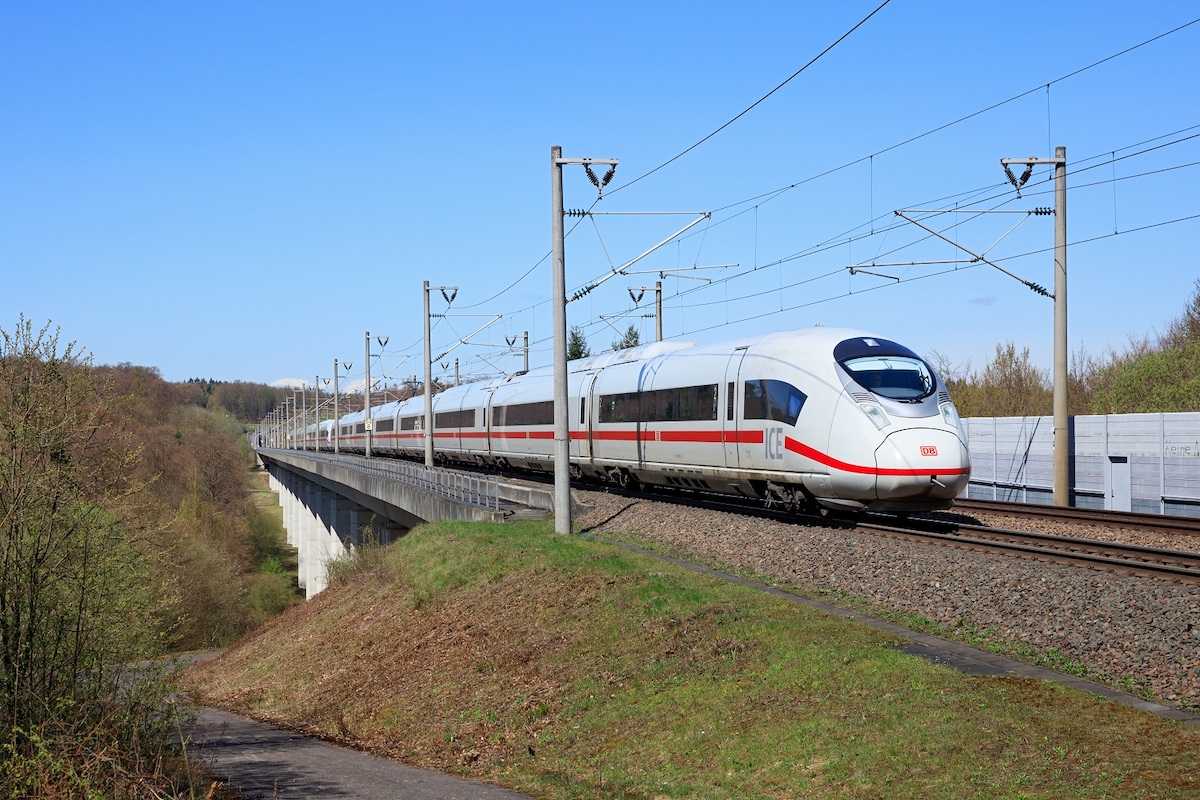Skift Take
Germany wants more people to ride trains and buses this summer with a nine-euro pass. But a surge in riders may hit the physical limits of the country's transport infrastructure.
Germany’s new nine euro, or a little less than $10, transport pass this summer is a great deal. Residents and visitors alike can leave their cars, or skip an Uber, to see Berlin’s sights or explore the country’s Baltic coast even as energy prices surge.
Beginning June 1, the transport passes are available for all Deutsche Bahn (DB) regional and S-bahn — the equivalent of American commuter rail — trains across Germany. Long-distance trains, including high-speed ICE trains, are not covered though travelers can buy the nine-euro passes along with tickets for longer rail trips. The monthly passes are available for travel through August 31.
And nine euros is a great deal. A monthly transport pass in Berlin begins at $92, and in Munich at $63. Both offerings are limited to just their respective cities and do not cover transport across the country.
German officials and politicians see the passes as a way to realize climate goals, as well as offer consumers relief from high energy prices. Transport Minister Volker Wissing has described them as a way to encourage drivers to switch to transit, not just over the summer but for the long term. And the leader of Germany’s Green party Katharina Dröge has said the passes are key to achieving the country’s goal of expanded use of “climate-friendly mobility.”
Those aims are all well and good but many in the rail industry are concerned that a sudden influx of riders could test the physical infrastructure limits of the German transport network. And overcrowded, uncomfortable trains and buses could actually prove a detriment to long-term goals to boost transit ridership.
The head of DB’s long-distance rail division Michael Petterson recently said that May ridership was roughly 5 percent higher than in 2019. And while that is good news for the recovery, it comes despite investment in the system not keeping up with ridership growth, even before the pandemic and expected surge from the 9-euro pass.
“To deal with the traffic surge, Germany needs to make sure it invests in intercity rail capacity immediately,” rail blogger Alon Levy wrote recently. He outlined several ways German authorities can do this, from building under-discussion high-speed lines, for example between Berlin and Leipzig, to purchasing new equipment and dedicating new lines to just passenger trains. However, none of his proposed fixes could happen this summer during the window of the 9-euro pass.
DB is adding 50 additional trainsets to its operations this summer to handle the expected additional riders. This translates to roughly 250 additional daily frequencies, and around 60,000 more seats per day than before the pandemic. In addition, the operator will increase staffing at stations on lines where it expects the most additional riders by roughly four-times compared to a normal summer. A DB spokesperson said the additional staffing has been added on “touristic” routes, including ones to and from Germany’s Baltic and North sea coasts.
“Even a maximum of available trains ultimately marks a limit,” DB Regio CEO Joerg Sandvoss, who oversees the operator’s regional and S-bahn trains, said in a statement on May 23 translated by Google Translate. “Above all, taking bicycles with you cannot always be guaranteed … Just as a sudden traffic jam on the freeway delays travel, this can also happen on the train when traffic is very heavy.”
Sandvoss went on to ask riders for “a little consideration and mutual understanding” in the face of crowds and potential disruptions.
But German media has not been as nice. Public broadcaster ZDF has described the summer as three potentially “very hot months” for transport, and newspaper Der Spiegel has written of “(possible) chaos” and a “Woodstock” like riding experience. By Woodstock the newspaper referred to the 1969 music festival that was known for its crowds.
Experts forecast as many as 30 million people will use the 9-euro pass this summer, according to Der Spiegel
Berlin, which is one of the most popular destinations for foreign visitors to Germany, sees the passes as something of both a blessing and a curse. VisitBerlin CEO Burkhard Kieker said the passes are, on the one hand, an “opportunity” to boost significantly visitor numbers across the region — and not just in the city’s central tourist areas — this summer. However, they also have the potential for very “crowded trains” and sold out accommodations, which could limit the number of additional visitors to the city.
“Overall, we consider this campaign to be a huge, fun, and creative test lab,” Kieker said.
The Pentecost holiday weekend, known as Whitsun in Germany, will likely be a test of the new pass. Many Germans are expected to travel with Monday, June 6, a public holiday. While DB has not warned of crowds, airlines have. The Lufthansa Group’s budget arm Eurowings — and the second largest domestic German airline — warned flyers on June 2 to expect crowded airports over the long weekend.
Ricarda Lindner, the U.S. representative of the German National Tourist Board, said she advises visitors to be flexible around holiday weekends to avoid “heavier” than normal loads on regional transit. She added that the pass provides visitors “complete flexibility” to adjust their travel plans.
The nine-euro pass “provides international guests with attractive alternatives to discover Germany inexpensively, comfortably, sustainably, and environmentally friendly,” she said.
The Daily Newsletter
Our daily coverage of the global travel industry. Written by editors and analysts from across Skift’s brands.
Have a confidential tip for Skift? Get in touch
Tags: climate change, deutsche bahn, eurowings, germany, rail travel
Photo credit: Germany expects a surge in train and bus riders with a less than $10 national rail pass this summer. Georg Wagner / DB AG
